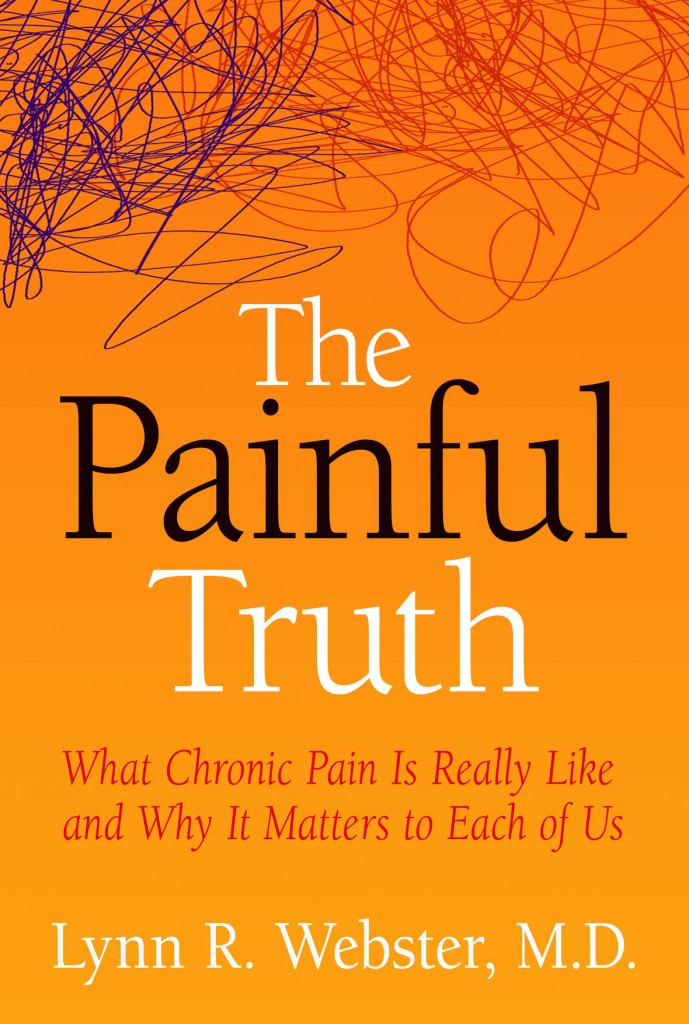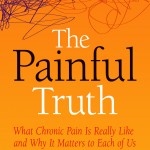 By Dr. Lynn R. Webster
By Dr. Lynn R. Webster
Author’s note: “Emily” is a pseudonym, and she’s someone I know. I’ve changed just enough details of her story to protect her family’s privacy.
Four-year-old Emily had a rare form of cancer. She had received chemotherapy every week for about three months. She also had to bear frequent painful procedures. Emily’s mother, Sally, vicariously experienced some of the same pain, knowing that her daughter might not live.
For physicians, the challenges of treating children include being cognizant of the parents’ feelings and concerns as well. A child commonly reflects a parent’s perception of pain or anxiety.
The cancer was eating Emily’s bones like maggots eating dead tissue. The excruciating pain emanated from her spine and long bones. Due to the persistent pain, Emily was placed on OxyContin. But she had another type of pain that wasn’t helped by this medication. This pain had a sharp, piercing character — what we call lancinating — and its sudden onset would often last only a few minutes. During these episodes, Emily would scream. Sally asked if there was a way for the spikes of pain to be treated. So intravenous morphine was administered when Emily was at the hospital and cried with lancinating pain.

On a cold winter day, Emily was hospitalized for more chemotherapy. Emily asked the nurse for a morphine injection. Although still on her OxyContin, Emily had been asking for morphine with increasing frequency. It didn’t appear to the nurse that Emily was in more pain than usual at that moment, but she complied with Emily’s request, attaching the syringe to the IV port and beginning a slow injection.
“Push it fast,” Emily begged.
“Why?” the nurse asked.
“Because it makes me feel good.”
This was an unexpected response, and when I heard about it, it caught my attention. Emily certainly was experiencing physical pain, but is it possible she was asking for a particular experience — for a blunting of emotional pain as well? This type of desire is common in adults, who will sometimes use opioids to cope with their emotional struggles as well as to relieve pain.
Until I heard Emily’s story, I would have disbelieved that a child would seek such an effect. Now, I am not so sure.
Of one thing I am certain: Emily made her request in innocence and without guile. The four-year-old is not a “drug addict.” But her very naiveté reveals how opioids such as morphine may become a trap for a vulnerable person.
Opioids are indicated for relief of physical pain. Using them to mask emotional pain can lead to great harm. If a four-year-old child can have emotional pain that supersedes her physical pain, we can be certain this human need is not an anomaly.

It may not be possible for newborns and children to be “addicted,” but we do not have to be an adult to develop a desire to feel good that could be harmful.
How can this insight help people in pain? By understanding that there can be a slippery slope when using these powerful medications. Relieving physical pain may be the reason to initiate opioid use but, if continued use is to relieve emotional suffering, it can lead to disaster. People must be cautious of this possible transgression.
How can this insight help physicians? By knowing that a subset of patients may initially derive benefit from an opioid but that using an opioid can evolve into treating symptoms other than pain. And, therefore, using opioids more judiciously. That means asking insightful questions, and monitoring patients’ use more closely, while the patient is taking opioids.

How can Emily’s story help policymakers and regulators? By knowing that, whatever laws or regulations that are implemented, if opioids are the only treatment for moderate to severe pain, they will be used for the wrong reasons. If an innocent dying child seeks blissful relief then it should be instructive that, to prevent this from occurring, there must be equally effective alternative therapies available and affordable. As part of our healthcare transformation, new effective and safe therapies must be a priority of the FDA, U.S. Congress, and the National Institutes of Health. Until then, physicians, patients, society and legislators will struggle with finding a balance of providing pain relief and preventing the misuse of opioids.
Dr. Lynn R. Webster, MD, is the Past President of the American Academy of Pain Medicine, Vice President of Scientific Affairs at PRA Health Sciences, and author of a book, The Painful Truth, and producer of a TV documentary by the same name. Visit him online at www.thepainfultruthbook.com. He lives in Salt Lake City.

